
Tips for Better Property Showings
First impressions matter. Here’s how to stage, light, and prepare your property.
Read More
First impressions matter. Here’s how to stage, light, and prepare your property.
Read More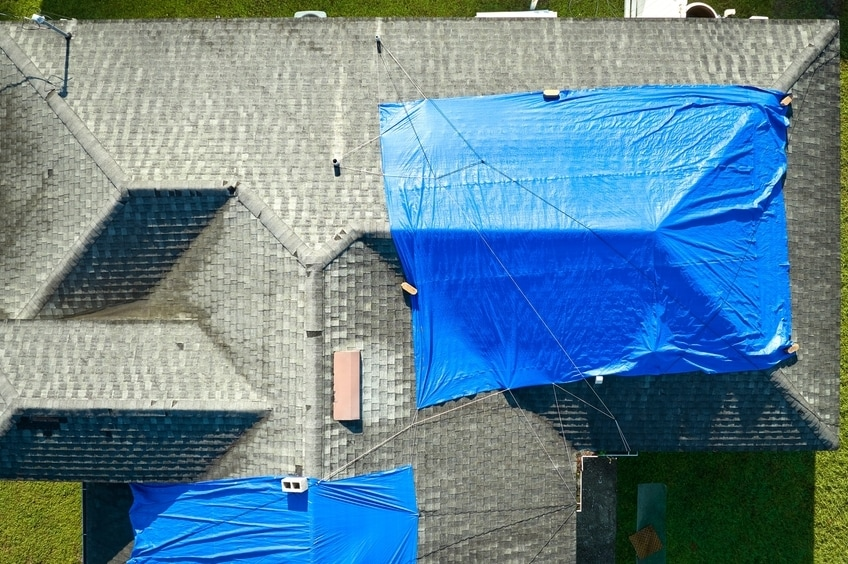
Immediate actions to reduce further property loss and start recovery fast.
Read More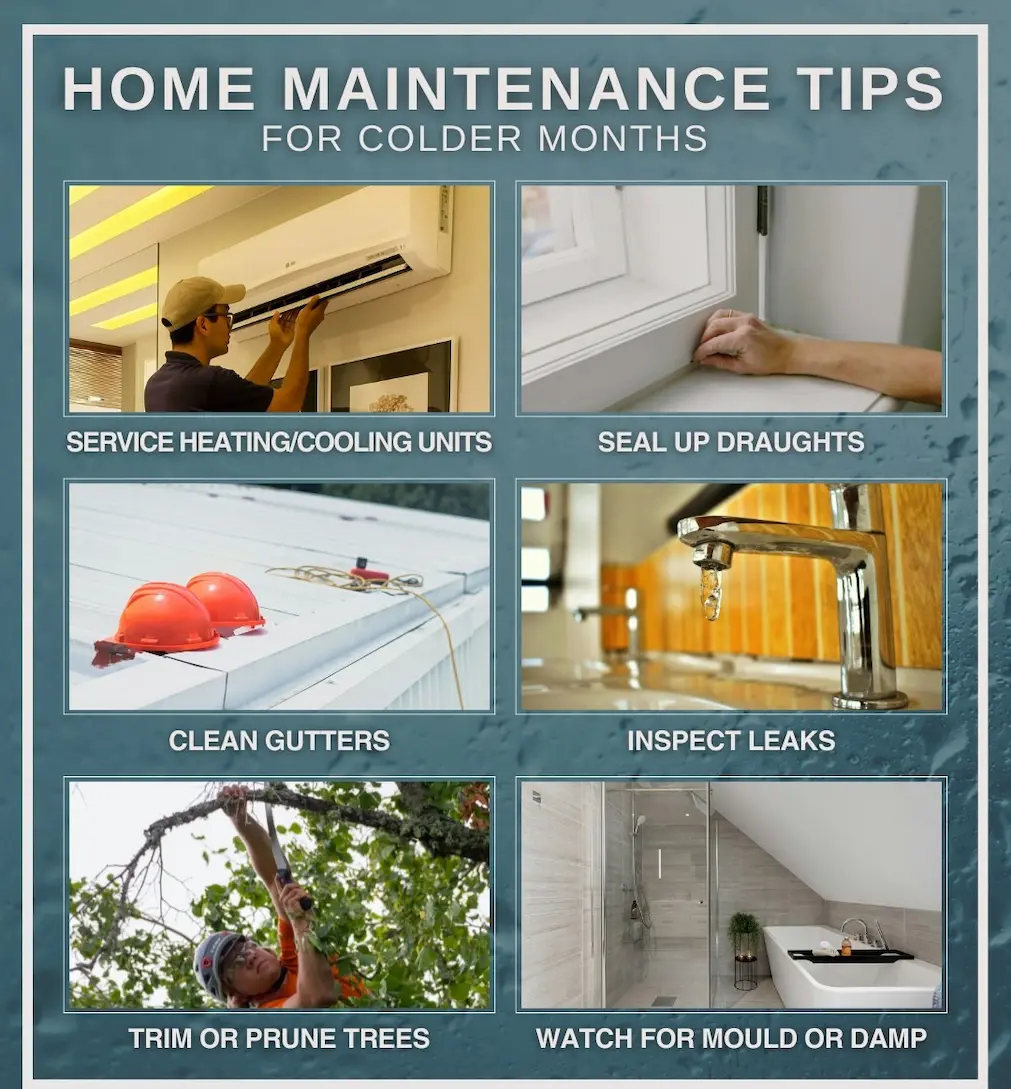
Stay ahead with year-round property maintenance and avoid costly repairs.
Read More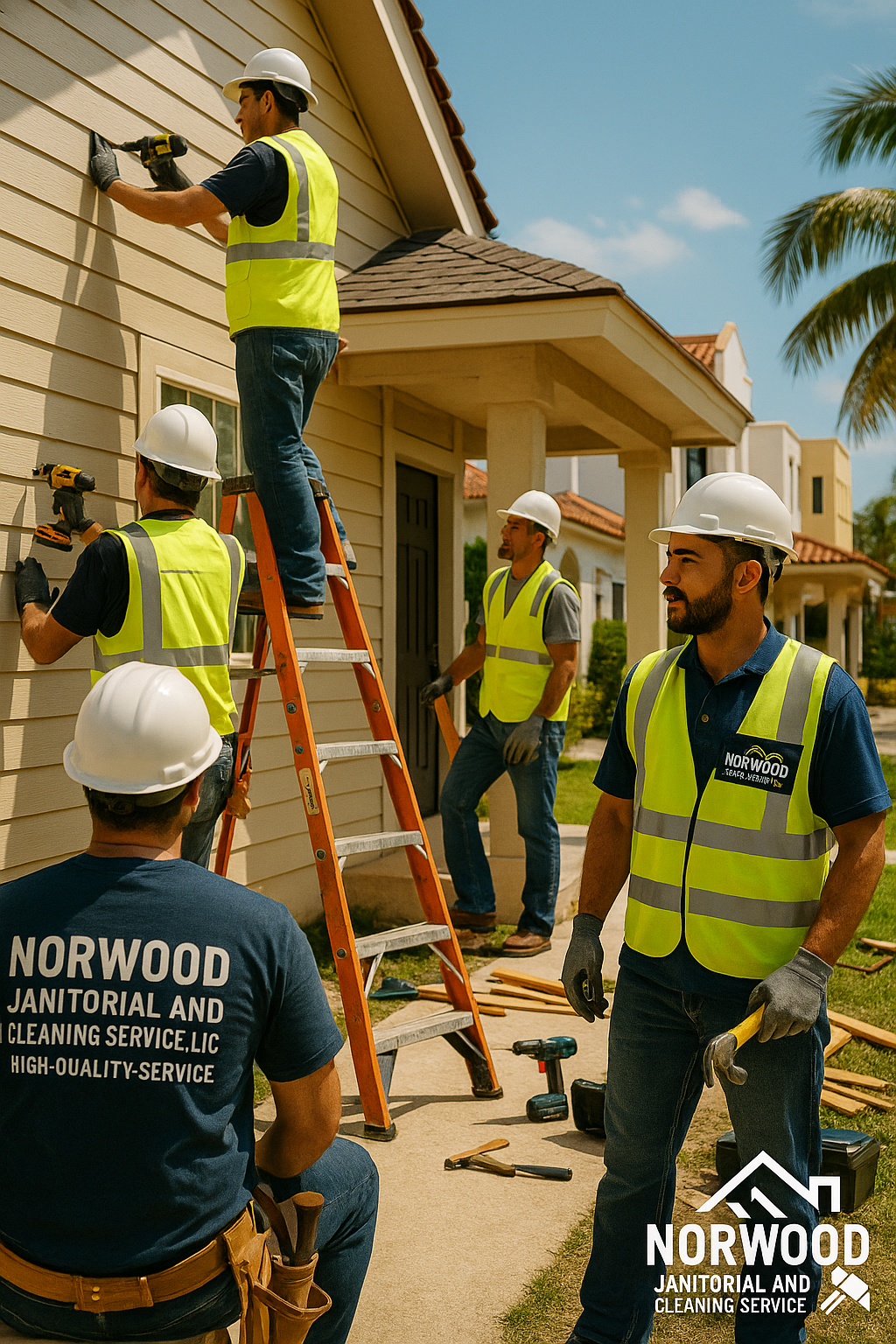
Learn how we train our team to maintain safety, efficiency, and quality service.
Read More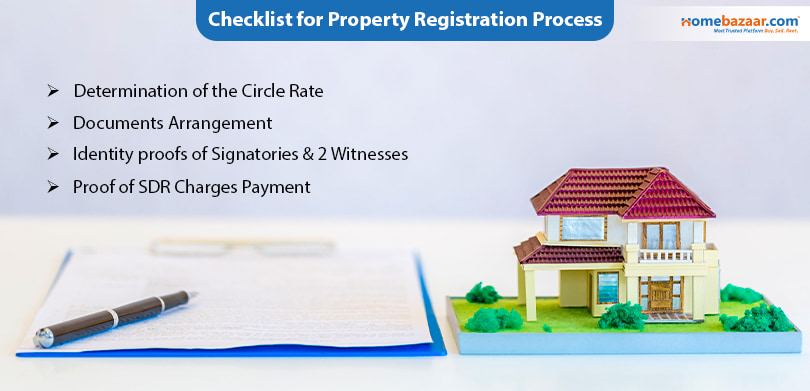
Understand FHA standards and how Norwood Restoration keeps properties compliant.
Read More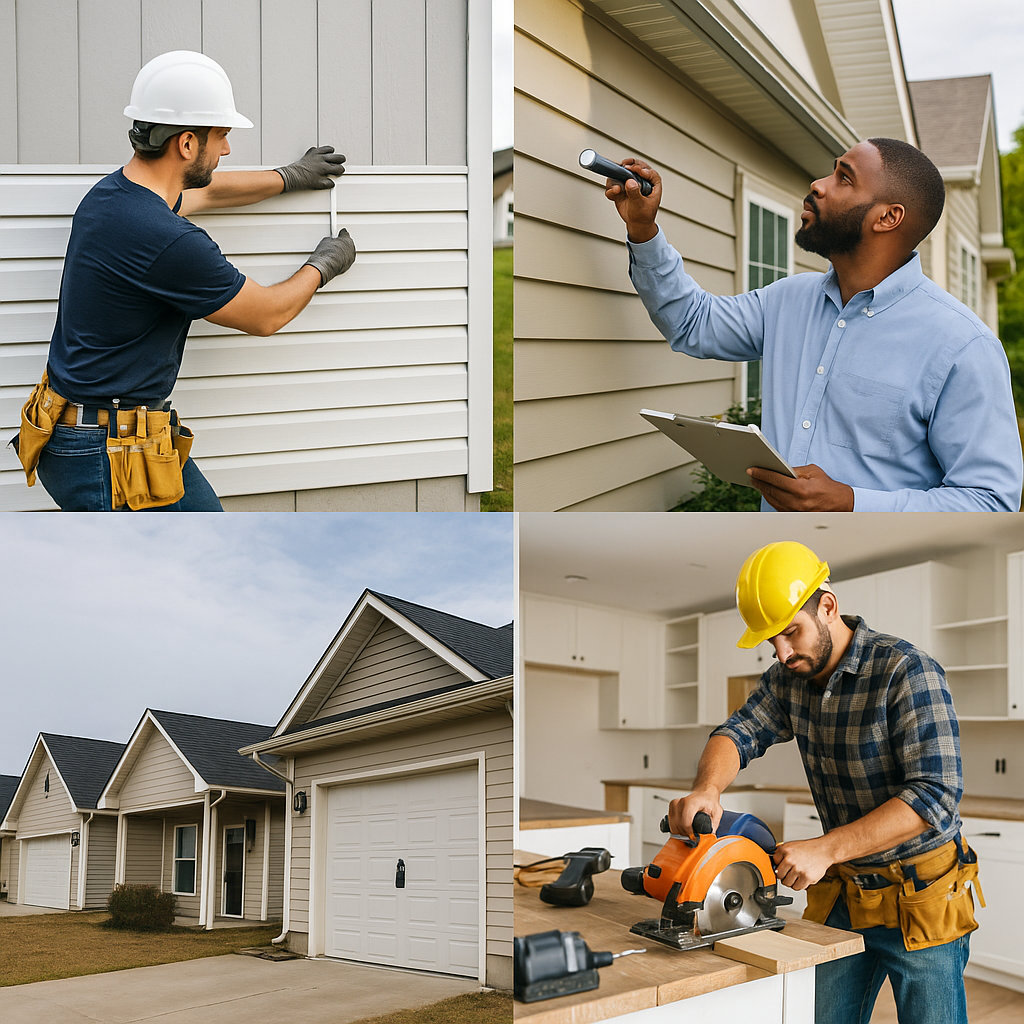
Protect vacant or foreclosed properties from damage and devaluation.
Read More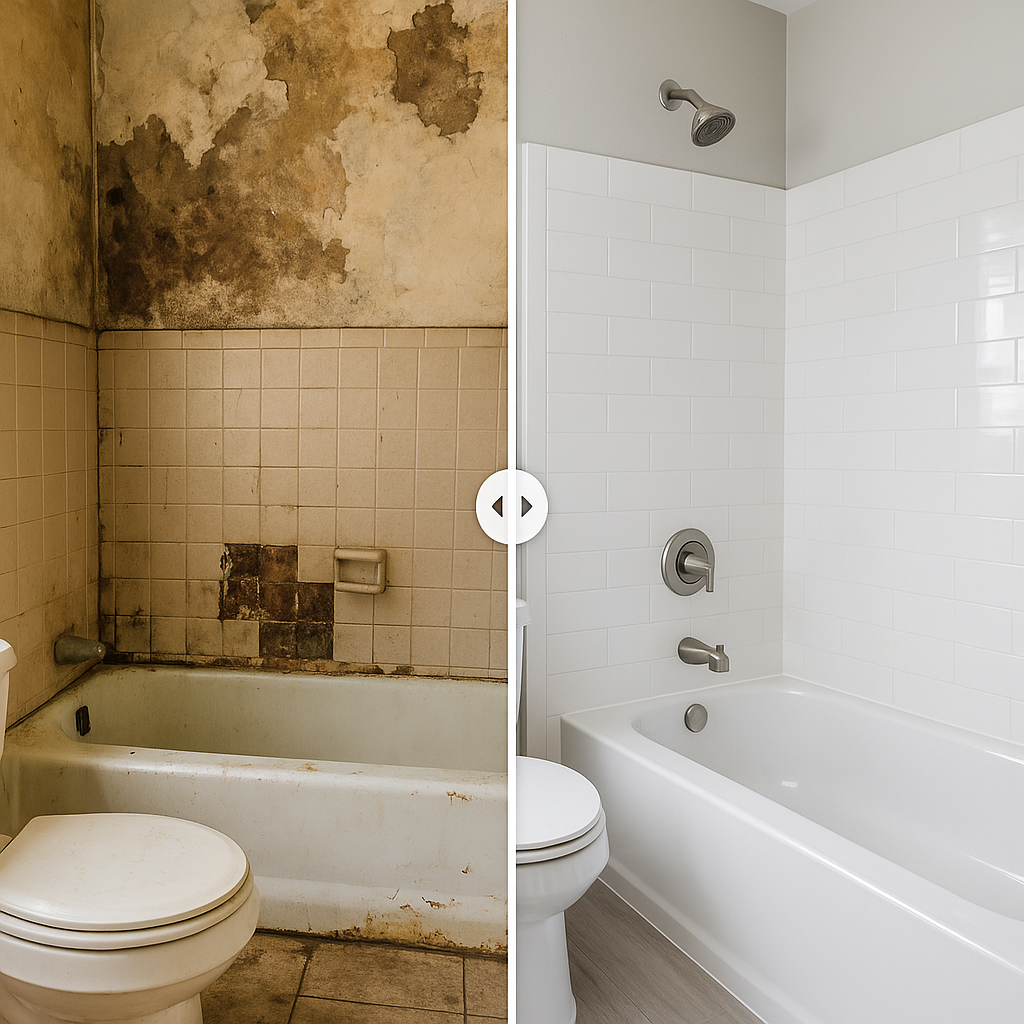
Investor-friendly timelines without sacrificing quality craftsmanship.
Read More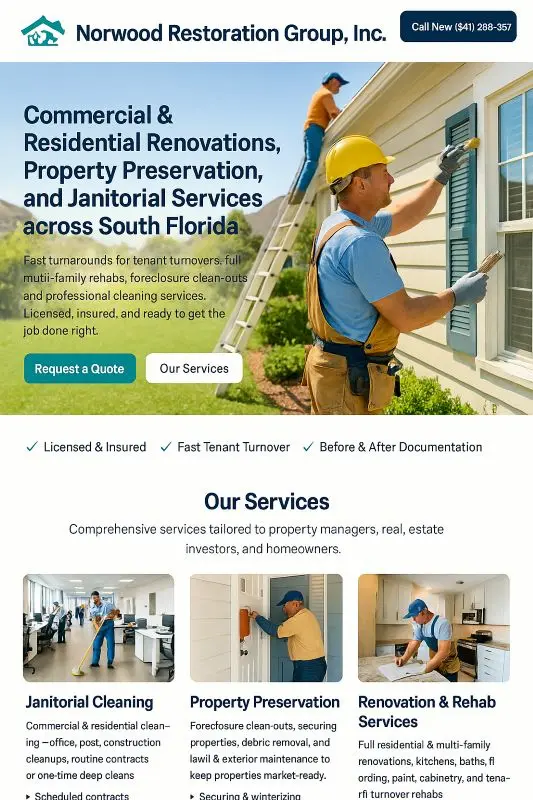
From move-outs to post-construction cleaning, we cover it all.
Read More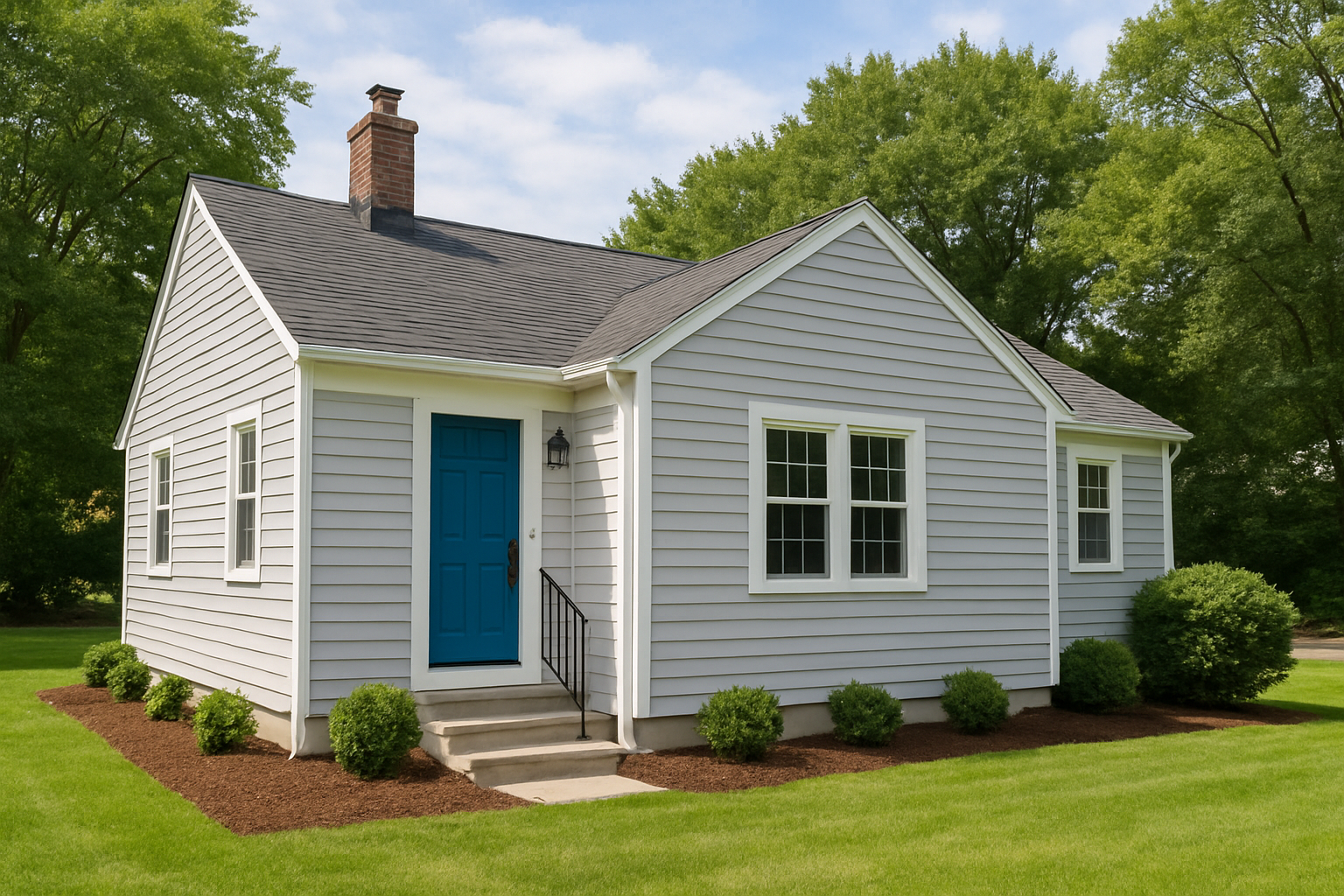
High-ROI improvements that boost curb appeal and long-term value.
Read More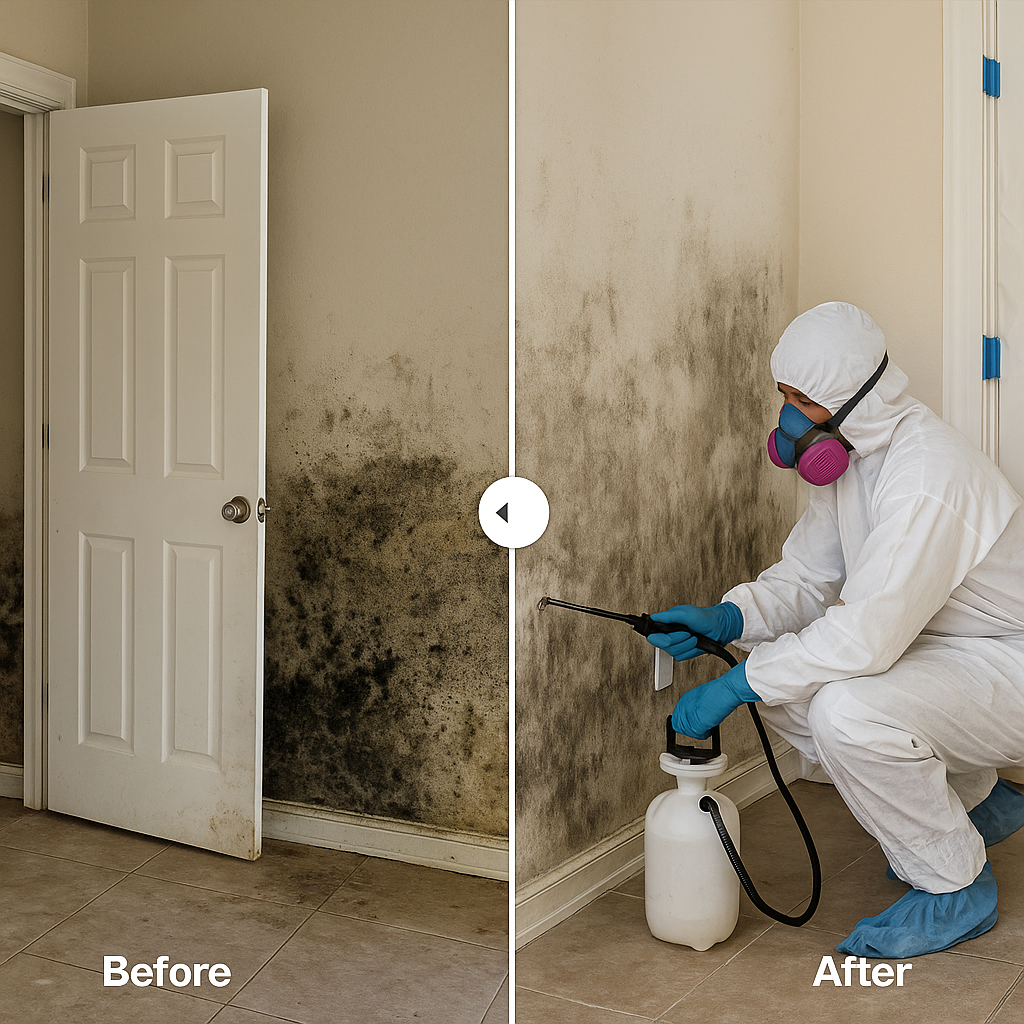
Why fast mold removal matters and how to prevent it from returning.
Read More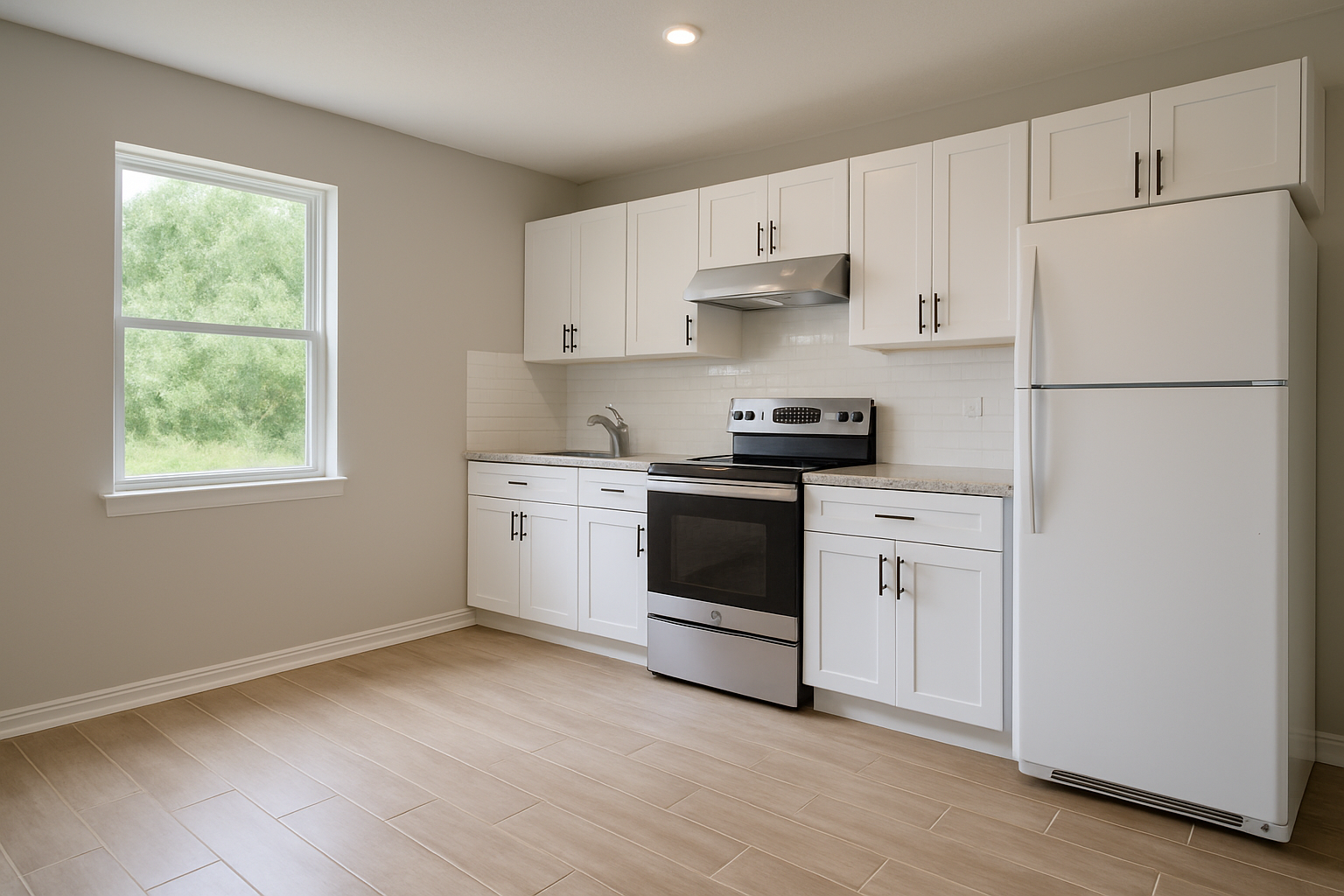
How restoration increases returns for investors and landlords.
Read More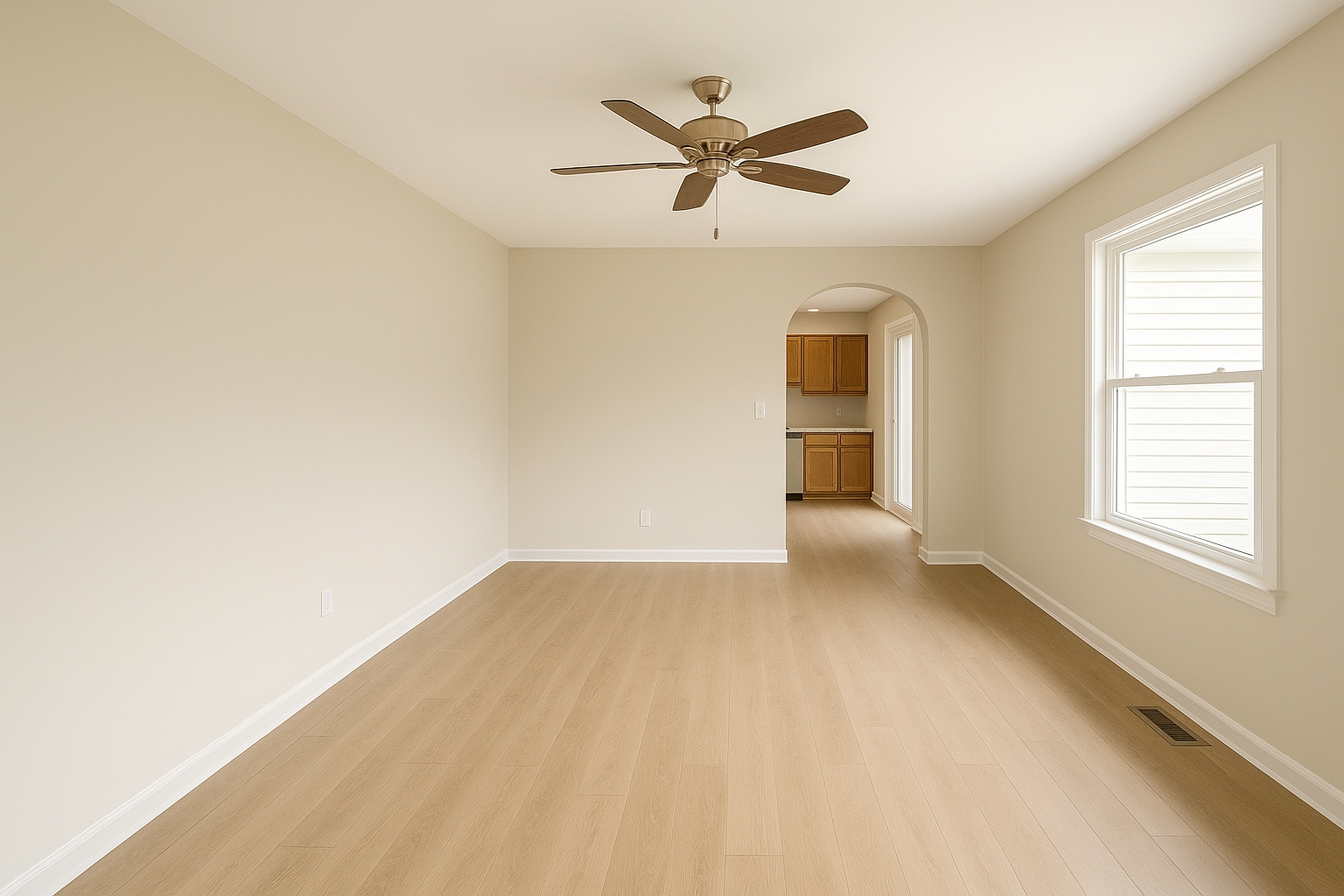
Quick restoration and cleaning helps minimize rental downtime.
Read More1) Safety First — Shut off power to affected areas if safe and avoid standing water.
2) Document Everything — Take wide photos and close-ups before moving items; helps insurance and speeds decisions.
3) Stop the Source & Mitigate — Address leaks, begin extraction, ventilation, and dehumidification to prevent secondary damage.
4) Call Professionals — IICRC-guided crews can assess moisture, plan demo, and handle equipment & documentation.
Scope & Method — Systematic exterior/interior checks with photos and notes for every room and system.
Moisture & Structural — Readings, attic/basement checks, and structural red-flags documented.
Safety & Compliance — Smoke/CO detectors, GFCIs, railings, and egress to prevent issues.
Actionable Reports — Clear recommendations with priorities and photo evidence.
Step 1: Safety & Mitigation — Prevent further damage and keep receipts.
Step 2: Documentation — Wide shots and close-ups with timestamps; list items by room.
Step 3: File Promptly — Contact carrier; note claim number and adjuster.
Step 4: Estimates & Records — Use licensed pros with itemized estimates and photo logs.
Secure & Stabilize — Lock changes, board-ups, and winterization.
Trash Outs & Cleaning — Remove debris, biohazards, and deep clean.
Grounds & Curb Appeal — Lawn care and exterior wash improve safety and perception.
Recurring Inspections — Regular reports track condition and protect value.
Kitchen Details — Appliances in/out, cabinets, degrease high-touch areas.
Bath Refresh — Descale, re-caulk, polish fixtures, remove buildup.
Whole-Home Touches — Baseboards, vents, blinds, and switches cleaned.
Final Walk — Streak-free glass/floors, after-photos for documentation.
Bleach Isn’t a Cure-All — Doesn’t fix porous materials or moisture.
Moisture Control First — Correct humidity and leaks to stop re-growth.
Containment Matters — PPE, filtration, and containment reduce spread.
Clearance & Documentation — Post-remediation verification ensures confidence.
When to Board-Up — Broken windows, unsafe entry points.
Roof Tarping 101 — Proper anchors/overlap, document before & after.
Safety First — Fall protection & awareness for ladder/roof work.
Transition to Repair — Temporary measures until permanent fixes.
Interior Repairs — Patch drywall, paint, fix hardware.
Kitchens & Baths — Counters, fixtures, caulk, grout.
Floors & Lighting — Refresh floors, brighten fixtures.
Final Punch — Touch-ups, filters, detectors, readiness check.
Know the Ordinances — Rules, deadlines, docs for compliance.
HUD Allowables & Over-Allowables — Submit correct bids & approvals.
Timely Repairs — Fast, documented repairs reduce vandalism.
Partner with Specialists — Teams handle registration, orders, and logs.
First 24 Hours — Absorption, swelling, staining; extraction/ventilation.
48–72 Hours — Microbial activity increases; demolition may be needed.
Days 3–7 — Mold amplification, odors, scope, and cost rise.
One Week+ — Structural concerns and replacements likely.
Secure Openings — Board windows, reinforce doors, test shutters.
Clear Yard — Remove outdoor furniture, trim trees to reduce projectiles.
Protect Utilities — Shut off propane, secure AC units, elevate equipment.
Emergency Supplies — Stock water, food, flashlights, batteries.
Evacuation Plan — Know routes, shelters, and maintain communication.